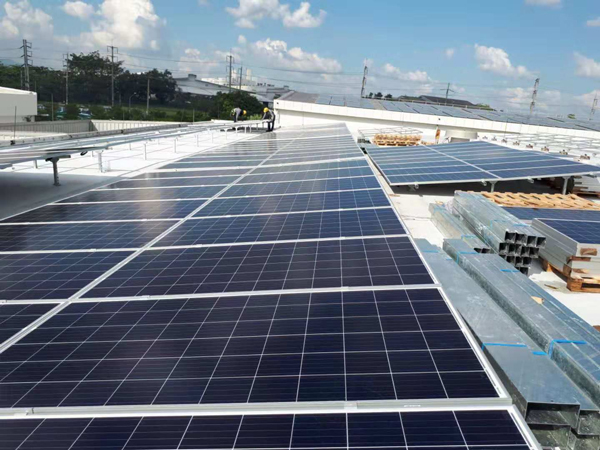Solar panel installation is an important step in converting solar energy into usable electricity. And among the many installation options, mounting solar panels on your roof is one of the most common and effective.
Before proceeding with solar panel installation, you need to ensure that your roof has the necessary conditions for installation. Make sure the roof structure is strong enough to withstand the weight of the solar panels and external forces such as wind pressure. Also, make sure the roof’s orientation and pitch are suitable for optimal power generation from your solar panels. Typically, a south-facing roof with an inclination equal to or close to your latitude is ideal.
Choosing the right installation method is also crucial. There are two more common installation methods: sloped roof installation and flat roof installation. Sloped roof installation is to install solar panels on the steeper slope of the roof. This method is beneficial to sunlight projection and energy collection, but requires additional brackets and angle adjustment. Flat roof installation is to install solar panels on the flat surface of the roof. This method is simpler and more straightforward, but you need to ensure that the panels can receive sufficient sunlight.
During the installation process, it is important to ensure that the solar panels are tightly connected to the roof. Use quality, reliable mounting brackets and fasteners to ensure the panels are securely mounted on the roof. In addition, cable routing should be properly arranged to ensure safe and reliable power transmission. If possible, try to hide cables under the roof or use channels at the edge of the roof for routing.
It is also very important to regularly inspect and maintain your solar panel installation. Make sure the surface is clean and dust-free to maximize light absorption efficiency. Check cables and connections regularly to ensure they are working properly and safe. If any damage or malfunction is found, take repair measures promptly or contact professionals.
It is important to understand and comply with local installation codes and regulations. Installation codes and regulations may vary from location to location, including safety requirements, electrical connection procedures, and necessary permits and approvals. Ensure that the installation process complies with relevant regulatory requirements to avoid any potential legal issues and safety hazards.

